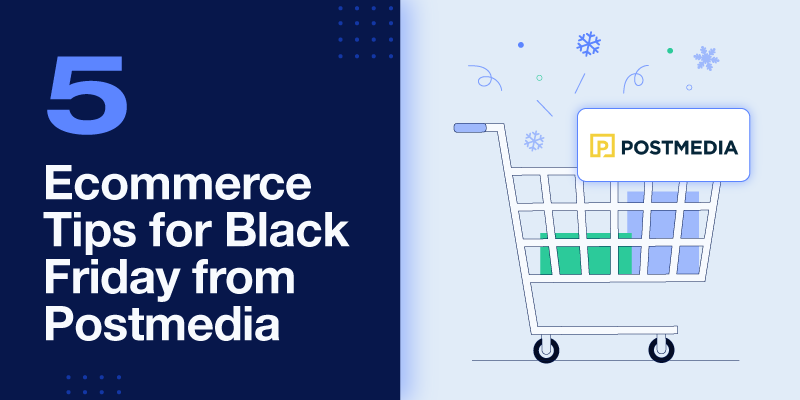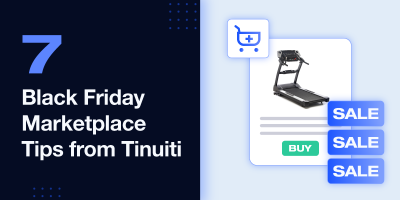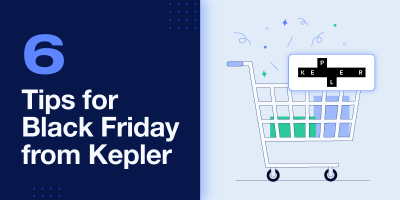There’s still time for brands to solidify their Black Friday and holiday strategies. To help you make the most of Q4, we connected with the digital marketing experts at Postmedia to gather their top tips for the season.
This is the third installment of our “Sell More on Black Friday” series; make sure you check out the contributions from Tinuiti and Kepler for more great insights like the ones below.
1. Increase your ad budgets for the whole month
We recommend that brands increase their budgets at the beginning of November—instead of waiting until Black Friday or a couple of days before—to capture the shoppers looking for deals ahead of Black Friday, and continue to increase budgets for one week after Black Friday.
This strategy has yielded up to a 150% increase in sales volume, a 36% increase in spend, a 182% increase in revenue, and a 107% increase in return on ad spend (ROAS) for our clients.
To get in front of customers further down in the purchase funnel, we primarily focused on shopping campaigns. Brand campaigns also played a large role in the performance, as we placed an enhanced focus on reaching return customers and those familiar with the brand.
2. Smaller brands should focus on the full holiday season, not Black Friday
Larger retail brands dominate Black Friday sales with larger marketing budgets and the ability to offer deeper discounts than small and medium-sized businesses (SMBs). While we have found that SMBs do well overall during the holiday season, we don’t usually do a large Black Friday push for those clients. To maximize an SMB’s budget, we typically employ fewer, or zero, top-of-funnel tactics, and dedicate more budget to target bottom-of-the-funnel searches and users who demonstrate high purchase intent.
3. Google is a great starting point for your ad strategy
Google Shopping is usually a must-have, when applicable, because it’s best suited for retailers offering Black Friday deals.
Our recommended approach to maximize sales is always to start with bottom-of-funnel ads on Google Search and Shopping, because this is where people actively look for products and services. Brands with additional budget should expand to social platforms, such as Facebook and Instagram, where we’ve seen dynamic shopping and instant experience ads—layered with custom audiences—yield a strong ROAS and drive more awareness to their listings.
4. Utilize a mix of ad types on different channels
Holidays are a period of increased market competition, so brands should use ad formats that drive user engagement and rapidly increase website traffic. To maximize your returns in a relatively short window of time, use bottom-of-the-funnel ads (standard text and shopping) on Google Search. On Facebook, use more of the channel’s shopping-based ad formats. Instant experiences, digital circulars, and dynamic product ads based on product feeds provide multiple touchpoints for the user to reach your ecommerce website.
5. Be very specific with your campaigns and audiences for best results
By leveraging campaigns dedicated to specific products or product groups—such as top sellers or revenue drivers—or simply dedicating a campaign to one product that has an exceptional deal, you gain more control over your ad budgets. With more control, you can ensure maximum exposure and returns. You should also leverage audiences on social media. Engaged audiences, users who have viewed products on the website, past purchasers, and cart abandoners are all ultra high-intent targets when it comes to sales events like Black Friday.

Postmedia is a Canadian newsmedia company representing more than 130 brands across multiple print, online, and mobile platforms. Award-winning journalists and innovative product development teams bring engaging content to millions of people every week whenever and wherever they want it. This exceptional content, reach and scope offers advertisers and marketers compelling solutions to effectively reach target audiences. For more information, visit www.postmedia.com.




